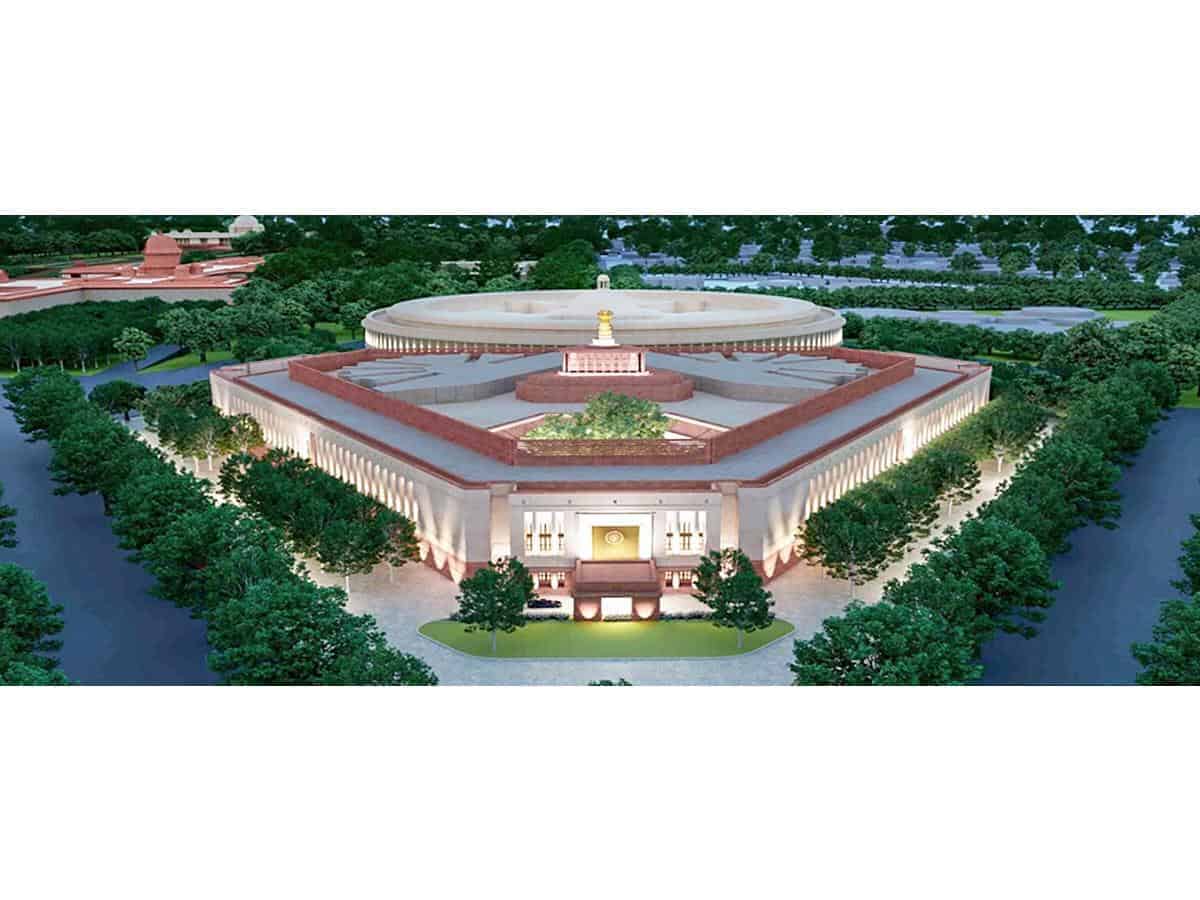New Delhi: Prime Minister Narendra Modi will attend the foundation-laying ceremony and perform ‘Bhumi Pujan’ of the new parliament building on December 10. The Supreme Court on Monday allowed the Centre to go ahead with the proposed foundation stone laying ceremony for the Central Vista project after the government assured it that no construction or demolition work would be done till the apex court decides the pending pleas on the issue.
Earlier on Saturday, Lok Sabha speaker Om Birla on Saturday confirmed the same and said that the new building will be functional by August 15, 2021.
In September, Tata Projects Limited won the bid to construct the new parliament building at a cost of Rs 861.90 crore. The new building will be constructed close to the existing one under the Central Vista redevelopment project.
Current Parliament Building
The Foundation Stone of the existing Parliament House (or Sansad Bhavan) was laid on February 12, 1921. The construction took six years and cost Rs 83 lakh at that time. The opening ceremony was performed on January 18, 1927, by the then Governor-General of India, Lord Irwin.
Originally called the House of Parliament, it was designed by architects Sir Edwin Lutyens and Sir Herbert Baker in 1912-1913 as part of their wider mandate to construct a new administrative capital city for British India.
According to an article on The Wire, the construction saw many twists and turns, akin to a racy thriller. Herbert Baker, the British architect, initially proposed a triangular plot with three wings. The present proposal of the new Parliament House is an uncanny throwback to this proposal. Lutyens, however, disapproved of Baker’s design and instead proposed a circular, colosseum-like plan. Lutyens prevailed and Baker had to rework his original design.
New Parliament Building
The redevelopment project of Central Vista — the nation’s power corridor — envisages a new triangular parliament building, a common central secretariat and revamping of the 3-km-long Rajpath, from Rashtrapati Bhavan to India Gate.
Here is the first look of the Parliament building.
The parliament has a seating capacity for 900 to 1,200 MPs, is approx. 64500 sq meters. It is 17000 sq meters more compared to the present building.
The new building will also have a grand Constitution Hall to showcase India’s democratic heritage, a lounge for members of Parliament, a library, multiple committee rooms, dining areas and ample parking space.

